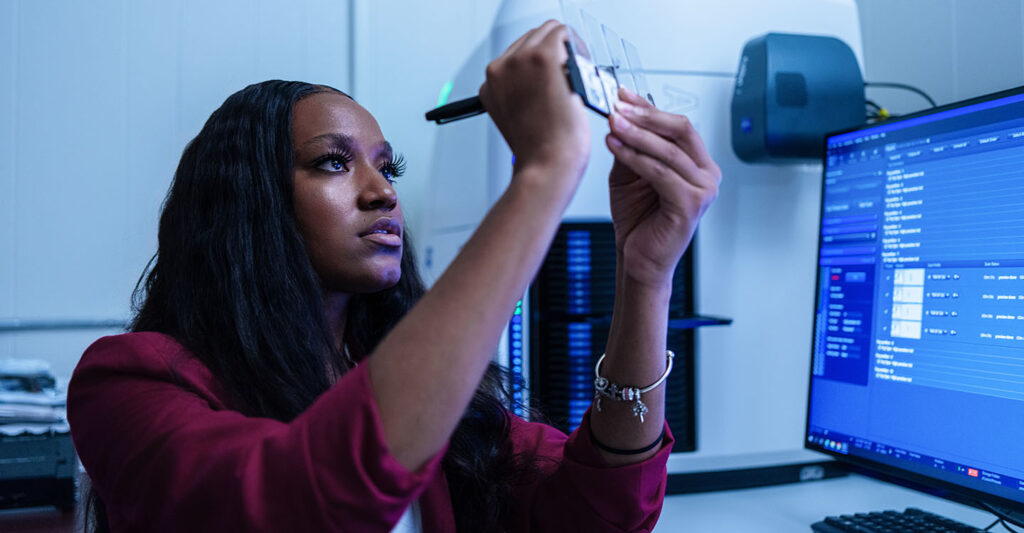
Our Mission
SNPRC is improving the health of our global community through
innovative biomedical research with nonhuman primates.
Hosted at Texas Biomedical Research Institute, Southwest National Primate Research Center is one of seven federally-designated National Primate Research Centers that is searching for causes, preventions, treatments and cures that lead to longer, healthier lives worldwide.
